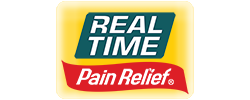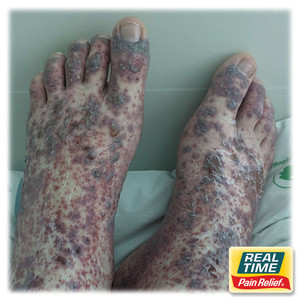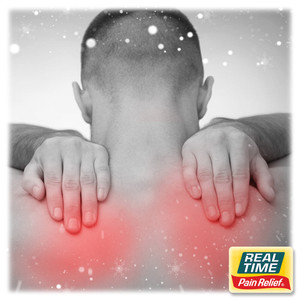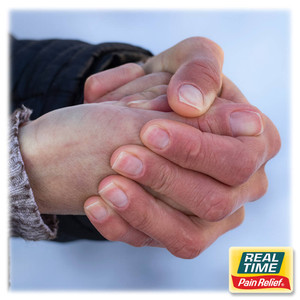Unveiling Plantar Fasciitis
Posted by Dennis R. Escalera on 1st Jun 2024
Introduction
Plantar Fasciitis is a prevalent foot condition characterized by pain in the heel and bottom of the foot. Common among athletes, particularly runners, it also affects individuals who are overweight or wear shoes with inadequate support. Understanding this condition is crucial for effective management and relief.
What is Plantar Fasciitis?
Plantar Fasciitis involves inflammation of the plantar fascia, a thick band of tissue that runs across the bottom of your foot and connects your heel bone to your toes. The condition manifests primarily as pain in the heel, which can be severe, especially with the first steps in the morning or after long periods of rest.
Causes and Risk Factors
The primary cause of Plantar Fasciitis is strain and stress on the plantar fascia. This strain can result from prolonged standing, weight gain, or a sudden increase in activity. Factors that increase the risk of developing Plantar Fasciitis include age (most common between 40 and 60), certain types of exercise, foot mechanics like flat feet or high arches, and occupations that require long hours on your feet.
Symptoms
The most telling symptom of Plantar Fasciitis is a stabbing pain near the heel of the foot. The pain typically develops gradually and is often felt on just one foot, though it can occur in both feet simultaneously.
Diagnosis
Diagnosis typically involves a physical examination by a healthcare provider, with attention to the foot's structure, alignment, and any specific areas of tenderness. Imaging tests like X-rays or MRIs are not commonly needed but may be used to rule out other conditions.
Treatment Options
Treatment for Plantar Fasciitis is aimed at relieving inflammation and avoiding re-injury. Common strategies include:
- Rest and ice to reduce inflammation.
- Stretching exercises, especially for the Achilles tendon and plantar fascia.
- Orthotics or supportive shoes to alleviate pressure and correct structural issues.
In persistent cases, more intensive treatments such as physical therapy, steroid injections, or surgery may be considered.
Nature's Ingredient Topical Pain Relief
Topical pain relief creams and lotions containing nature's ingredients can offer additional relief for symptoms of Plantar Fasciitis. Compounds such as capsaicin, menthol, and essential oils derived from plants provide cooling sensations and might aid in the management of inflammation and discomfort. These nature's remedies can be particularly useful when integrated into a broader treatment plan, offering a gentle, effective method to ease pain.
Conclusion
While Plantar Fasciitis can be a painful and sometimes persistent condition, understanding and implementing effective treatment strategies can significantly alleviate symptoms and improve foot health. With proper care, most people can achieve a full recovery.
References
- American Orthopaedic Foot & Ankle Society: https://www.footcaremd.org/conditions-treatments/heel/plantar-fasciitis
- Mayo Clinic – Plantar Fasciitis:https://www.mayoclinic.org/diseases-conditions/plantar-fasciitis/symptoms-causes/syc-20354846
- Cleveland Clinic – Plantar Fasciitis: https://my.clevelandclinic.org/health/diseases/14709-plantar-fasciitis





